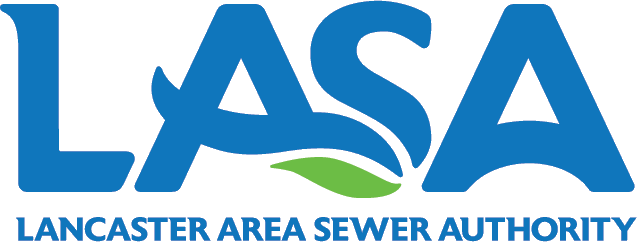Inflow & Infiltration
Inflow and infiltration are the technical terms referring to rainwater and/or groundwater that enter the sewer system through such sources as cracked pipes, leaky manholes, or improperly connected storm drains, sump pumps and roof gutter downspouts. Most inflow comes from rainwater and most infiltration comes from groundwater. LASA’s system is designed to handle only sanitary sewage and not storm water runoff.
To prevent excess water from being sent to your local sewer treatment plant, please practice the following:
Do
- Inspect the rain gutters on your house to see if the downspout connects to a sewer line. If the gutter downspouts are connected to the sewer line, have them disconnected. The rainwater needs to be directed onto your lawn and/or to the storm drain system.
- Locate and check your sewer cleanout. The cleanout is usually a small pipe, about 4-inches in diameter, outside your house. Replace missing or damaged caps so that rainwater cannot get into the sewer line.
- Check to see that outdoor patio, deck or yard drains are not connected to the sewer.
- Check to see that pool or pond overflow drains are not connected to the sewer.
- Avoid planting trees and shrubs over or near sewer laterals. Roots can enter and damage sewers.
- If you have a basement sump pump to pump out groundwater or rainwater leakage, be sure that it does not connect to your sewer pipes or to a sink or floor drain in your basement.
- If your area is experiencing flooding, never try to drain the areas by removing the sewer manhole covers in the street or covers from your cleanouts. The huge amount of flow that would enter the sewer system will cause a problem downstream.
Do Not
- Make illegal connections of gutters or sump pumps to the sanitary sewer.

